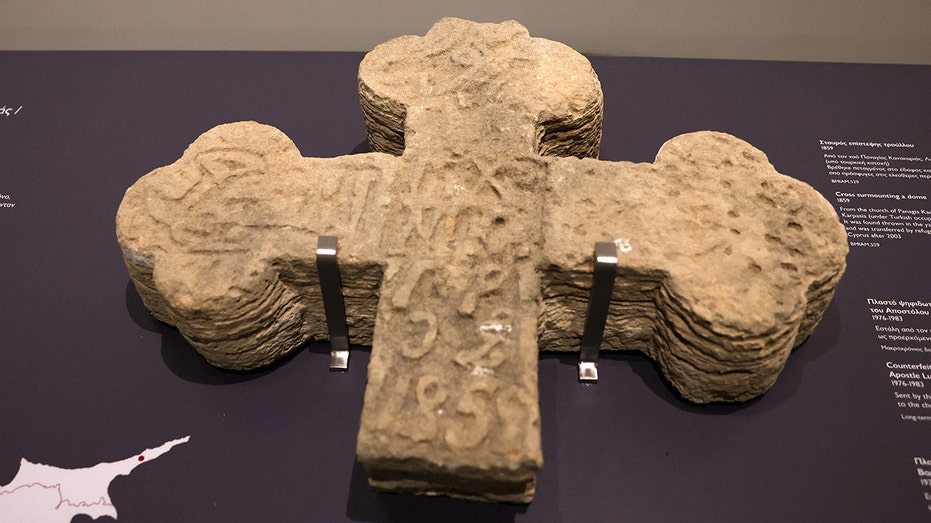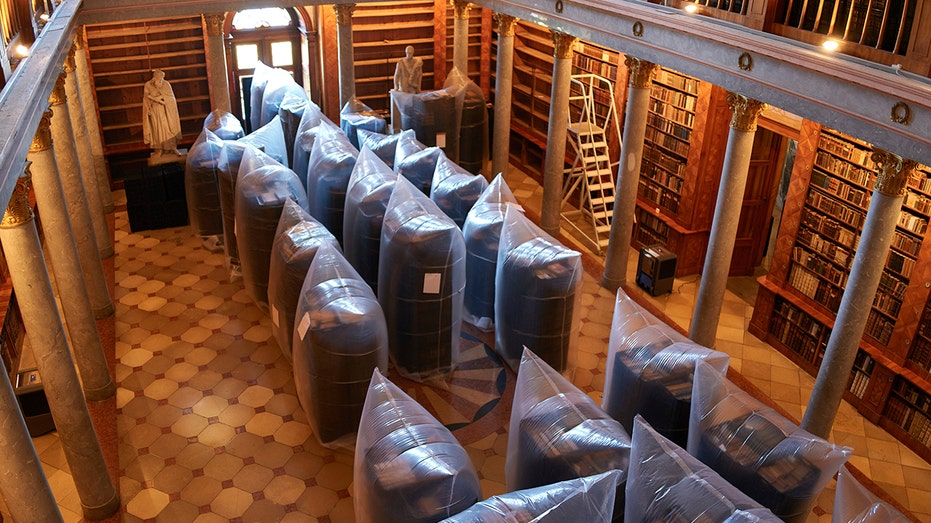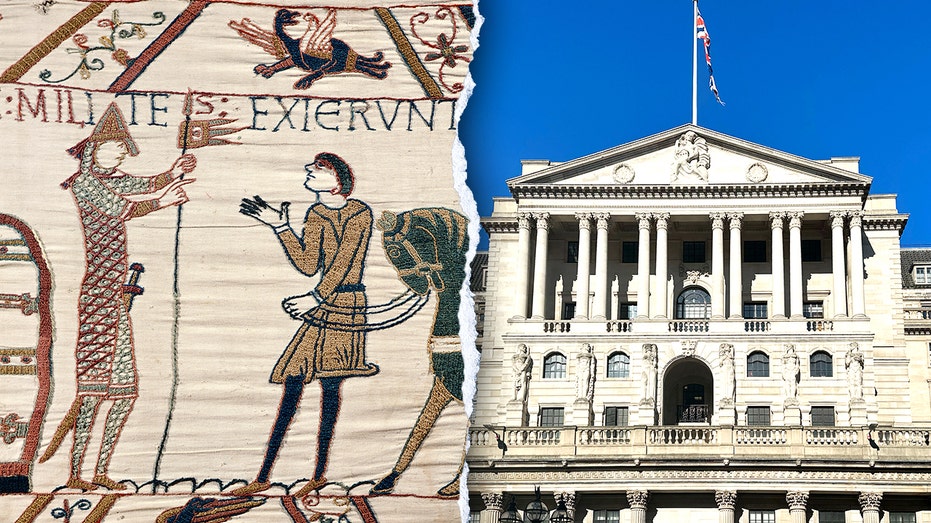Ancient Religious Relics Recovered After Church Robberies Now Shine in Cyprus Exhibit

Sarah Johnson
March 27, 2025
Brief
The Byzantine Museum in Nicosia unveils recovered early Christian relics looted after the 1974 Turkish invasion, highlighting Cyprus's ongoing efforts to reclaim its spiritual heritage.
Cyprus has reclaimed its stolen past. The Byzantine Museum in Nicosia has unveiled a fascinating new exhibit showcasing early Christian relics that hold both historical and emotional weight. These aren’t just artifacts; they tell a story of loss, recovery, and resilience.
Many of these treasures were looted during the chaotic aftermath of the Turkish invasion in 1974. Stolen mosaics, icons, and wall frescoes were trafficked on the black market, disappearing into private collections around the globe. Now, through years of painstaking investigation and litigation, some of them have finally returned home.
Ioannis Eliades, the museum's director, revealed the staggering scale of the cultural theft: "More than 20,000 icons have been stolen and disappeared from the churches." That’s not just theft; it’s wholesale erasure of a people’s spiritual heritage. And yet, Cyprus continues to search for countless missing pieces.
Among the exhibit’s highlights are mosaics from the early 6th-century Church of Panagia Kanakaria, which survived Byzantine bans on religious imagery. These rare depictions of Christ, the Virgin Mary, archangels, and apostles were brutally chopped into pieces and sold off in the late 1970s. The fragmented works were eventually traced back to private collections, and thanks to some legal wrangling, they’ve found their way back to Cyprus.
The exhibit isn’t just about showcasing beautiful art—it’s a call to remember. As Eliades puts it, "We want the new generation to understand what happened on our island and why it’s crucial to safeguard even the smallest piece we can bring home."
Cyprus’s turbulent history underpins the exhibit. After gaining independence from British rule in 1960, the island was torn apart by Greek-Turkish tensions. The Turkish-held north declared independence in 1983 (recognized only by Turkey), and Cyprus joined the EU in 2004, though EU laws apply only to areas under government control.
Through all this political and cultural upheaval, the exhibit stands as a beacon of hope—a reminder that even shattered pieces can be pieced back together.
Topics
Editor's Comments
It’s hard not to marvel at the sheer determination behind Cyprus’s efforts to reclaim these relics. The idea that mosaics were brutally chopped into pieces and sold is both heartbreaking and infuriating. But the fact they’ve been recovered and showcased is a testament to the power of persistence—and maybe a bit of poetic justice for the looters who thought they’d get away with it.
Like this article? Share it with your friends!
If you find this article interesting, feel free to share it with your friends!
Thank you for your support! Sharing is the greatest encouragement for us.



